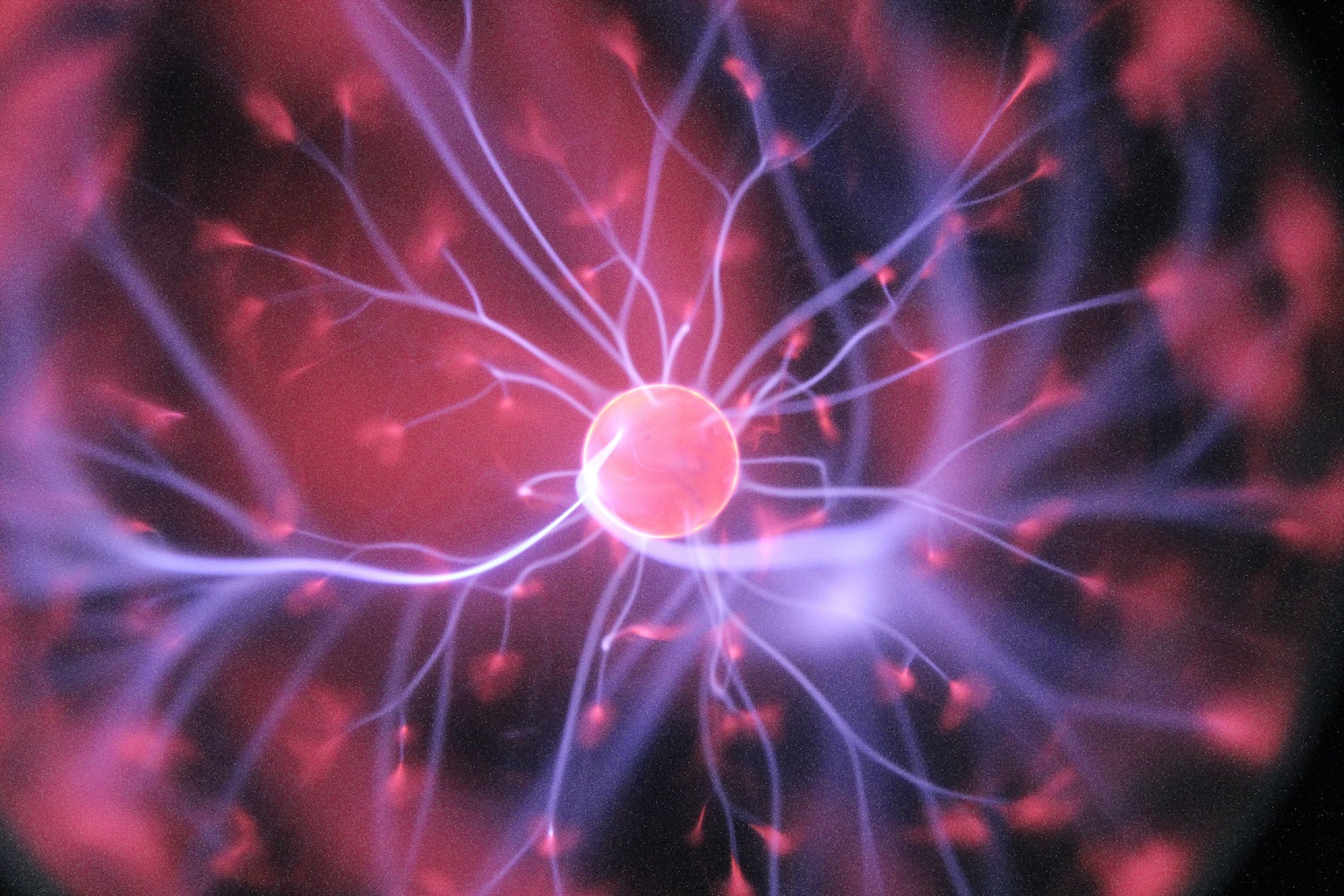Atoms contain protons, neutrons and electrons. The protons and neutrons cluster together in the centre to form a nucleus. The electrons orbit around that nucleus somewhat like planets around the sun, although unlike planets, more than one electron can exists on a single orbit. This is how an atom was described by Danish physicist Niels Bohr (who incidentally has an element named after him!) in his 1913 model of the atom.
Protons have a positive charge, neutrons are, as the name suggests, neutral, and electrons have a negative charge. In fact, protons and electrons have exactly one unit of positive and negative charge respectively. So a proton and an electron together cancel each other’s charge out. Accordingly, if an atom has the same number of protons as it does electrons it has a zero net charge. It is neutral.
Protons
The number of protons an atom has is what defines what element it is. For example, the element called carbon is made up of atoms that have exactly 6 protons. The number of its electrons and neutrons can change and it will still be carbon, however to be carbon it must have exactly 6 protons. If it has five, then it is not carbon, but boron. Likewise, if it has 7 then it is not carbon, but nitrogen, and so on. So by definition, an element is defined by its number of protons. This is also its Atomic Number. The atomic number for carbon is 6.
Electrons
The number of electrons in an atom can change – atoms can gain or lose electrons and different elements have a propensity to do this in different ways, depending on how their electrons are configured.
The featured image for this post is by Hal Gatewood on Unsplash
